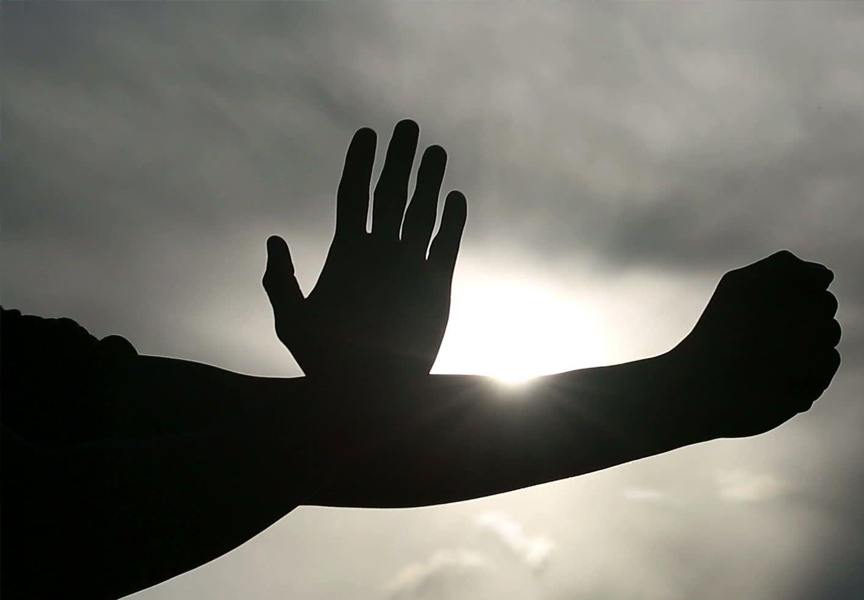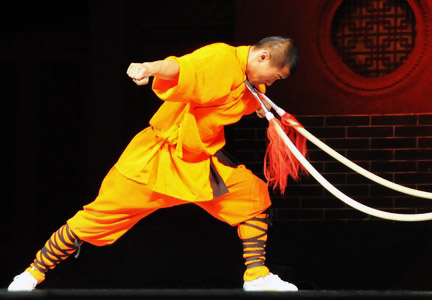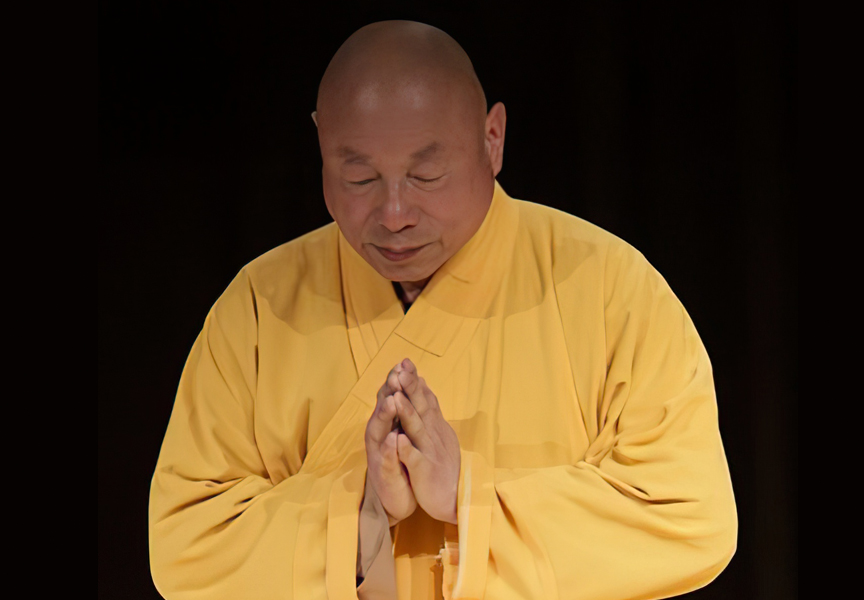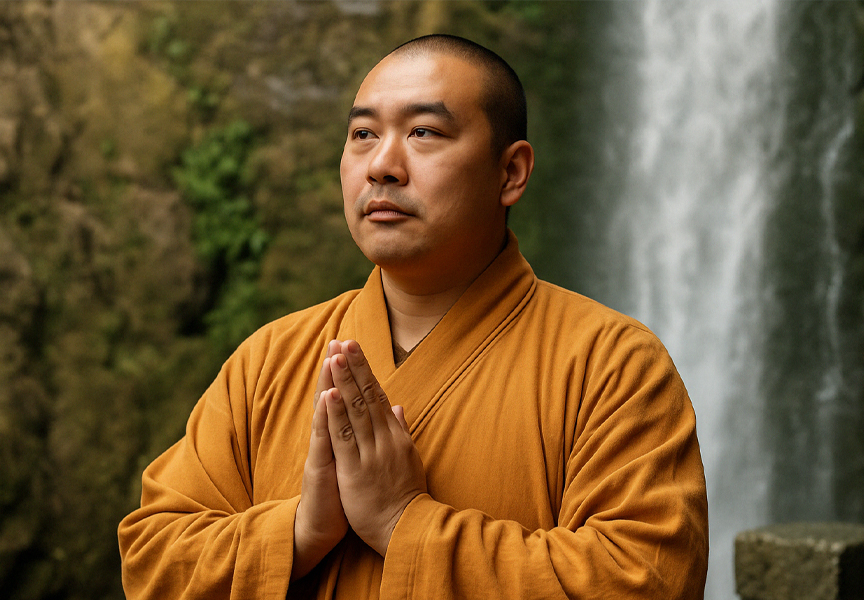Random Free Articles
- True Essence of Martial Arts

A Journey of Inner Cultivation In a world that often associates martial arts with physical prowess and the development of a sculpted body, it is time to shift our perspective and recognize martial arts as a form of art that transcends the boundaries of mere physicality. Beyond the kicks, punches, and acrobatics, martial arts demand a deeper commitment to inner cultivation, fostering a harmonious connection between the mind, body, and spirit.…
- Understanding Qi

The Vital Life Force in Traditional Chinese Medicine In the realm of traditional Chinese medicine, few concepts are as central and enigmatic as "Qi" [Chin.: Qì 气]. Pronounced as "chee," this ancient notion has captivated the minds of scholars and practitioners for centuries. Qi is often described as the vital life force or energy that flows through the human body, as well as through all living things and the universe…
- Shaolin Ying Qigong

Shaolin Ying Qigong or Hard Qigong as it is referred to in English, is a Shaolin Martial Art art and has been around for many hundreds of years. It was originally used to train the body to withstand strong blows and attacks in the days when there were no guns but only the traditional Chinese weapons of spears, broadswords and knives. Qigong has both extensive and profound knowledge of the cultivation of the human body. Shaolin Ying Qigong can…
- Manifesto of a Master

Embracing Martial Arts as a Path of Personal Growth In this sacred space of learning and discipline, I declare my commitment to the essence of true martial arts education. I am not a coach but a teacher, fostering the development of students, not athletes. This is not a sport; it is an art, a philosophy, and a way of life. I Have Students, Not Athletes: My purpose is to guide individuals on a journey of self-discovery and self-mastery. The…
- The Rise of Pretenders

Over the past few decades, martial arts have exploded in popularity around the globe, bringing a wide range of fighting styles and philosophies to the forefront. Among the most celebrated is Chinese Shaolin Kung Fu—for its deep cultural roots, elegant movements, and philosophical depth. Yet as the art spreads beyond its native borders, a troubling trend has emerged in regions with limited access to authentic instruction: self-styled “Kung…

